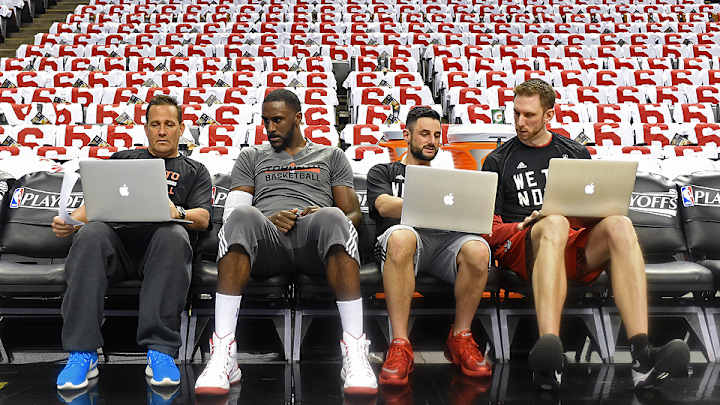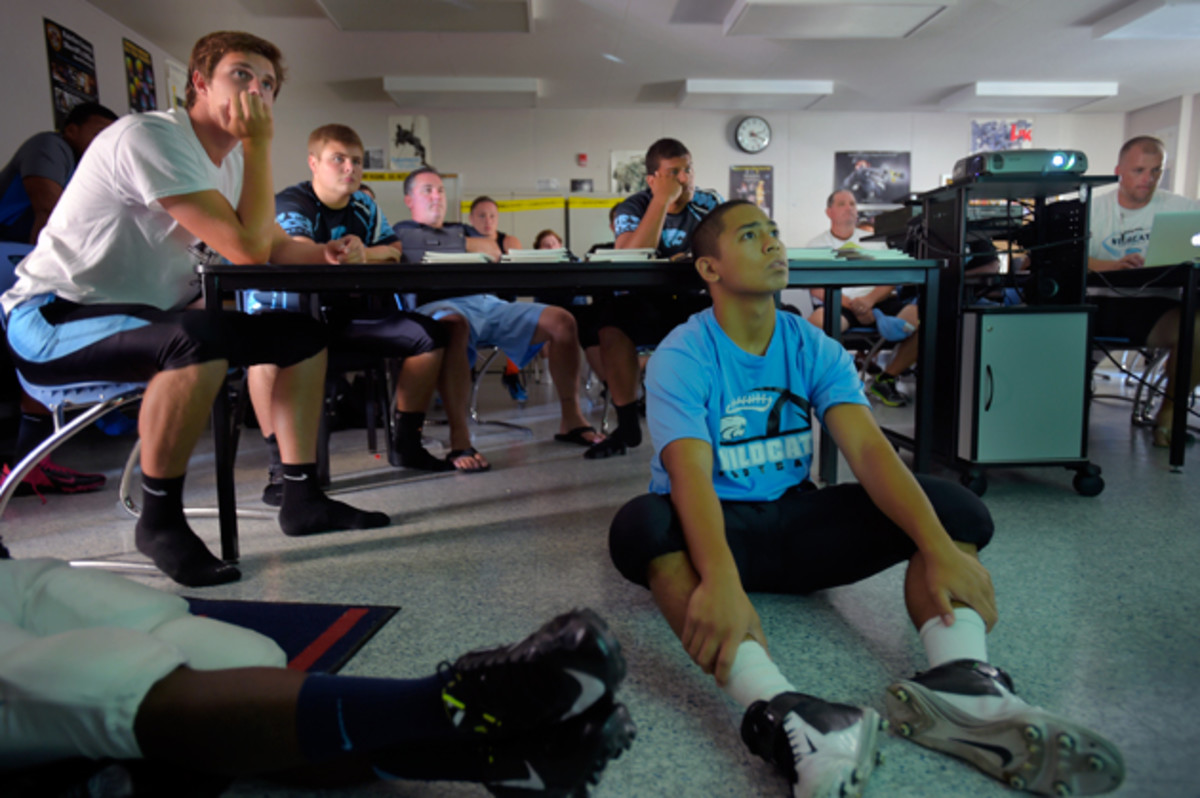Krossover's game film solution keeps coaches out of the editing booth

When Vasu Kulkarni enrolled at the University of Pennsylvania in 2004, he was sure he’d be playing Division I basketball that season. Though he wasn’t recruited to play in college, back in India he’d been a basketball star and captain of his high school team. But the 5’9”, 135-pound freshman didn’t quite fit the D-I mold.
Three years and a lot of protein shakes later, Kulkarni finally broke into Penn’s JV team and got his taste of college ball, even if junior varsity isn’t quite the same as varsity. And for the first time he got to experience the U.S. approach to sports. “Nowhere else in the world do coaches do what we do here,” Kulkarni says. “I saw my coach at Penn just sitting there spending hours and hours of time cutting up a film.”
But while getting detailed data on his own game was hugely useful, the manual labor required on his coach’s side made this approach seem impractical for all except the biggest teams with their crews of statisticians. To try to solve that problem, Kulkarni founded Krossover, a sports analytics company aimed at youth leagues across the U.S.
Real Salt Lake seeking an edge by utilizing player-tracking technology
Krossover doesn’t rely on powerful image processing algorithms and super computers to crunch through the years-worth of game film it must handle—Kulkarni estimates that the company analyzed 100,000 games this past basketball season—science hasn’t yet gotten us to that point. Humans are still better than computer vision, and “identifying the players is probably the hardest thing when you have players entering or leaving the field of vision,” Kulkarni explains. So instead, Krossovercrowdsources its analytics to sports fans.
The company has a network of around 2,000 active users who are tasked with breaking down game film. The majority are college students looking to earn a little extra money (between $15 and $20 per game), but a few users are based as far away as Europe and Asia, and for some this has become a full-time occupation.
After a coach uploads film it gets routed to one of these users to tag using a web-based tool, which takes around two hours. Then it is passed through quality control algorithms that search for common mistakes, and sent to another user chosen at random for review. Once the broken down film has passed these checks, it is then sent back to the coach, usually within 24 hours.

Since Krossover’s legion of fans first started crunching data in December 2010, the company’s client list has grown from about 50 to about 6,000, including Kentucky (2012 NCAA champion as a Krossover customer), Amherst (2013 NCAA D-III champion with Krossover), Miller Grove (GA) high school (six straight state championships from, 2009 to ’14, the last two as a Krossover client) and the company's site boasts other high profile clients such as the Cleveland Cavaliers. According to Kulkarni, a total of 88 Krossover teams won state or national championships this past year. The company also expanded to handle lacrosse in 2012 and added football and volleyball last year.
Besides coaches using the service to improve their teams and to learn about upcoming opponents, both college and pro teams can also use Krossover’s database to scout for talent in junior leagues.
“We have some amount of information and video on just about every single high school player in the country,” Kulkarni says.
- MORE EDGE: NBA MVP Steph Curry's shooting fundamentals
Though NBA teams typically have their own in-house analytics, and don’t need help analyzing either their games or their oppositions’ games, a couple of franchises have reached out to Krossover ahead of the upcoming NBA draft. “For example,” Kulkarni says, “we have an NBA team that asked us to track offensive rebound attempts on a handful of big men that they’re looking at.”
That sort of data—rebound attempts, not just rebounds—is rarely compiled anywhere, and requires reanalysis of existing film. With just two months to go before the draft, and with many teams still focused on the playoffs, outsourcing that sort of workload is probably the only option.
But Kulkarni stresses that this service isn’t just for pros or aspiring pros. The gym he trains at in New York City recently bought Krossover for the recreation league he plays in. Which means that Kulkarni’s network of sports fans will be analyzing the boss, too.
